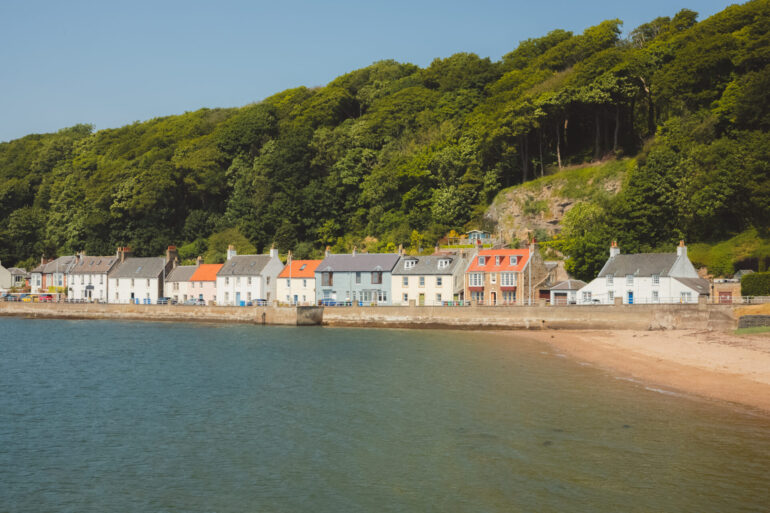Sandbanks has remained Britain’s most expensive seaside location, with an average home costing £965,708, according to research from Lloyds.
Prices in Sandbanks dropped by 3% compared to last year, but the area stayed at the top for coastal property prices, mainly dominated by the South West.
Salcombe in Devon followed with an average house price of £826,159, while Padstow in Cornwall came next at £715,974.
Aldeburgh in Suffolk was fourth at £619,693.
Coastal property prices across Britain dipped by 1% year-on-year, with the average home by the sea costing £295,991.
Over five years, prices in coastal towns increased by 18%, with premium areas up 37%.
St Mawes in the South West saw the biggest rise, adding £222,602 to the typical price.
Meanwhile, Brighton saw the highest total value of coastal home sales last year at over £927m, followed by Plymouth at £810m and Poole at £802m.
Plymouth also had the highest number of transactions at 3,258.
Data also showed that coastal homes were most affordable in Scotland, with all 10 cheapest locations found there.
Campbeltown was top, with an average home at £103,078, down 11% on the year.
Rothesay, Millport, and Port Bannatyne followed, all on Scotland’s west coast.
Outside Scotland, the cheapest places were Newbiggin-By-The-Sea in the North East and Prestatyn in Wales.
The least and most expensive coastal towns in each region were listed, with St Andrews the most expensive in Scotland at £458,381, and Campbeltown the cheapest.
In the South East, Lymington was top at £608,253, while East Cowes was lowest at £239,605.
Amanda Bryden, head of mortgages at Lloyds, said: “Coastal living continues to hold a special appeal – whether it’s the lure of sea views, sandy beaches, or a slower pace of life.
“Our latest research shows the most exclusive seaside spots – like Sandbanks – still command premium prices.
“In some of the UK’s most desirable coastal towns, average prices have dipped slightly over the past year.
“But, over the longer term, values remain significantly higher – especially in the South West, where demand from lifestyle movers continues to shape the market.”
Bryden added: “At the other end of the scale, there are still pockets of real affordability – particularly in Scotland, where buyers can find coastal homes for a fraction of the price.
“For those willing to look beyond the traditional hotspots, there are some hidden gems offering great value and a strong sense of community.
“It’s also important to recognise that not all coastal areas share the same fortunes. Some seaside towns face significant challenges, from seasonal economies to a lack of affordable housing for local people.”
Toby Leek, president of NAEA propertymark, said: “Seaside locations are desirable for many people of all demographics due to the stunning scenery nearby offering an idyllic haven, especially for those looking to retire.
“However, with popularity comes heightened house prices, which can price many locals out of the housing market.
“Considering that the average house price has dipped slightly year on year, the current economic turbulence doesn’t seem to have overly affected the market or dented the confidence of buyers of coastal locations.”




